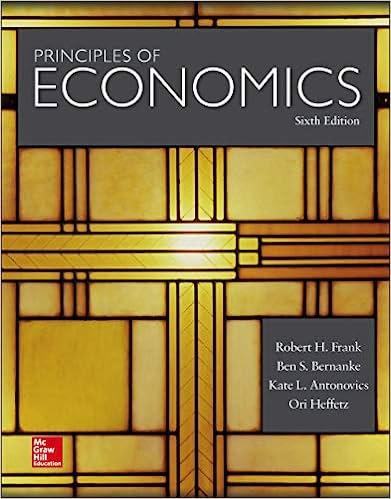
Labor Economics
PROBLEM I: [70 points] Consider the economy of the small country of Lummerland. Suppose there are two inhabitants, Alfons and Lukas. Pretax income of an individual is the product of hours worked It and the wage to. There is a linear tax and transfer system in this society: The tax rate is 1' and every person pays Twh in taxes. There is a transfer from the government of G to everyone. Post-tax income, which is the same as consumption 0, is equal to: C = G + (1 wh. We can call (1 The the post tax wage to?\" = (1 1-)w. They both have the same labor supply function: h=b((1-T)W)e (1) a) [10 points] There are three possible labor supply elasticities one could consider, the elasticity of hours worked with respect to: l) the after tax rate (1 r), 2) the wage to and 3) the post tax wage (1 T)w. So the three elasticities (often the greek letter 1} - pronounced \"eta\" is used for elasticities) are: m = d(ff,)[l, '32 = and 113 = dtngrn will. Calculate the three elasticities for the labor supply function (1). How do they compare? b) [10 points] Suppose that Alfons makes 10,4 = 100 LD (Lummerland dollar) per hour, while Lukas makes 10L = 15 LB per hour (the minimum wage in Lummerland). Suppose that currently there is no income tax so 1' = 0. Alfons works ILA = 1813 hours a year and Lukas works hr, = 1500 hours a year . Your labor supply function has the shape h((l T)w) = b x ((1 The)\are two unknowns, b and e. We have two datapoints: Alfonso and Lukas. Since T = 0, and since both individuals are on their labor supply curve we get two equations: hug M1034) hL = MWL) Plug the values foer, M, to\e) [10 points] Recall from class that the aggregate welfare weight is given as: g = :33. 91.5% . Calculate g. Using the formula for the optimal linear tax we derived in class, is a tax of T = 0, optimal? f) [10 points] Let's assume that g is a constant that does not depend on 7.1 Using the value for g from part e), what is the optimal linear tax rate? How does the after tax income distribution compare relative to the one in part c), when 7' is the revenue maximizing rate? Briey discuss. g) [10 points] Suppose Lukas wage goes up to 30 LD. What would 57 be if 7' = 0? Using this value for g and the optimal linear tax formula, what is the optimal tax rate? What is the distribution of post tax income? h) [10 points] Suppose utility is linear in consumption, that is the utility function is: l u(0,h) = C a x hHe 1+ ' Hint: the labor supply function is the same, this only makes a difference for the welfare weights. You don't really have to do calculations to answer this. what would the optimal tax rate be? Discuss your











